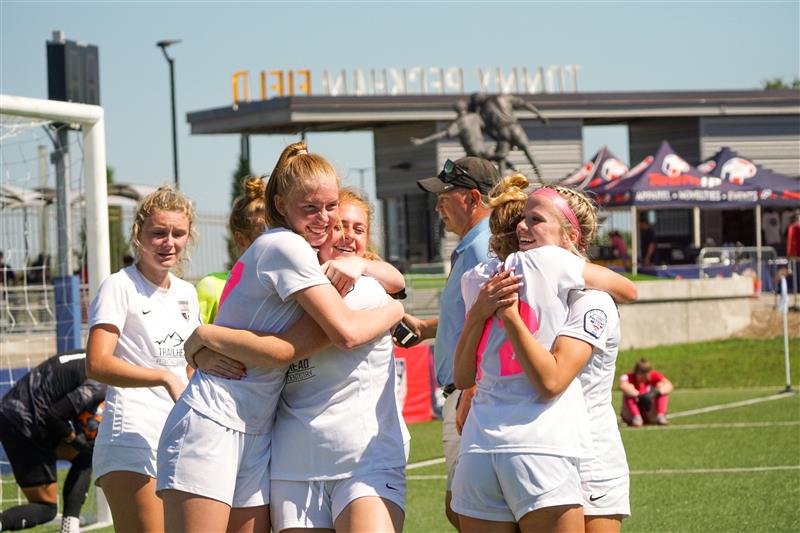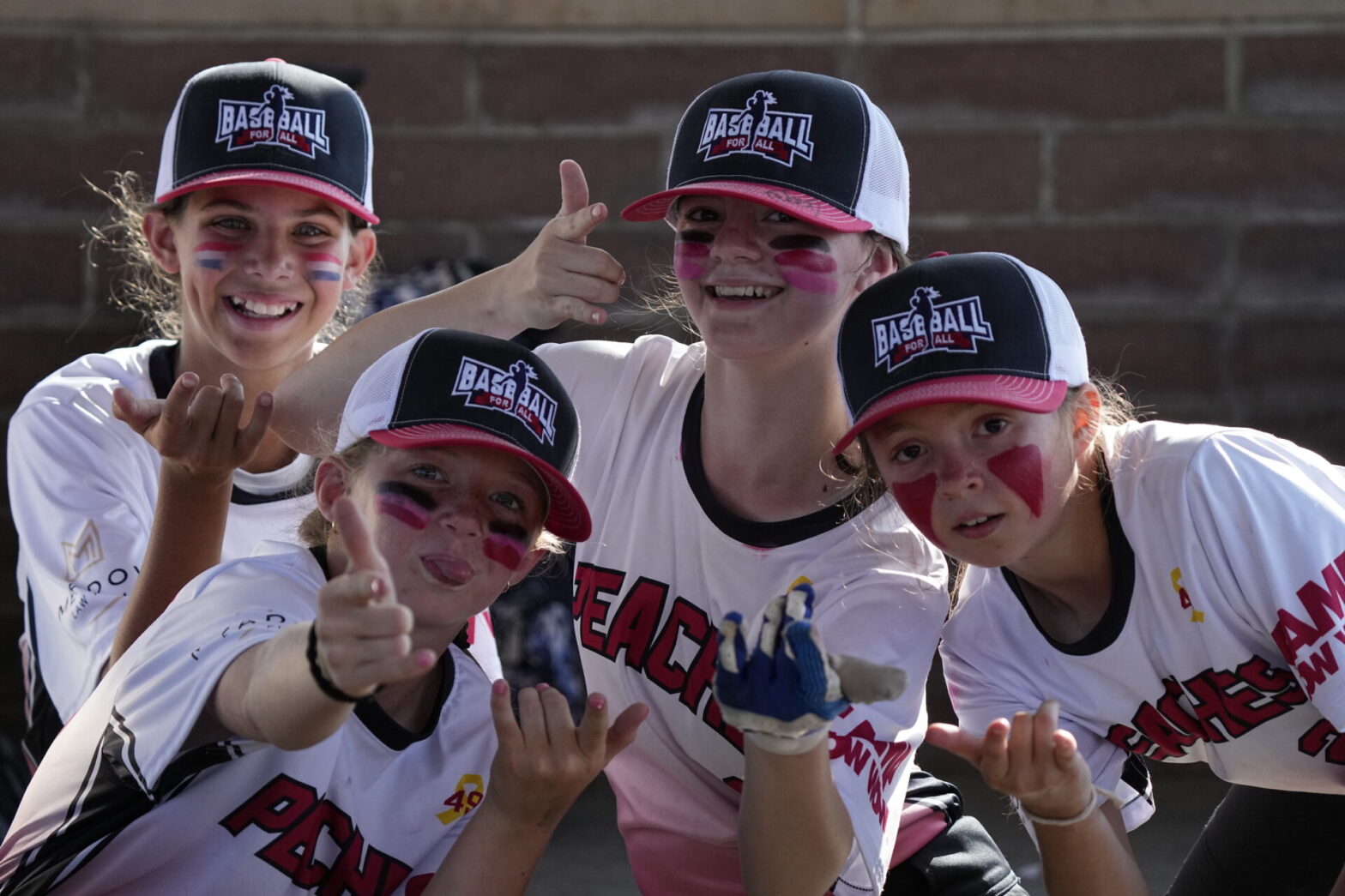
Lacrosse may have deep roots in the Northeast, but it’s growing fast in regions far from its original stronghold. Thanks to increased visibility, expanding youth programs, and a new generation of advocates, the sport is evolving from an emerging interest into a sought-after tournament opportunity nationwide.
As planners search for new sports to diversify their event lineups, lacrosse presents a unique opportunity—one that’s inclusive, fast-paced, family-friendly, and primed for expansion. From Plano, Tex., to Hattiesburg, Miss., destinations respond to this rising interest with top-tier facilities, logistical support, and enthusiasm for the game’s future.
“Lacrosse is still one of the fastest-growing sports in the country to this day, which is really exciting,” says Kristy Nutt, director of events for USA Lacrosse. “It can only go up from here with the 2028 Olympics on the horizon.”
Nutt, a Maryland native who’s watched the game grow from coast to coast, notes that passionate transplants from the East Coast often power its national expansion. “More and more people, as they go to new spots, are like, ‘Don’t you have lacrosse? No? Well, let me help.’ That’s the kind of ambassadorship the sport brings. If you’re a lacrosse player, you always want to fuel and grow it.”
USA Lacrosse is supporting that growth at the grassroots level with a new initiative: a physical education curriculum that introduces the sport to schools in a way that’s inclusive and accessible. “We’re developing PE curriculum because lacrosse wasn’t typically in PE classes,” Nutt explains. “We’re ensuring we have ‘lacrosse in a bag,’ so we can take it to PE teachers nationwide. Pop-up goals and sticks for every kid—it’s everything they need to make it happen. And it’s exciting to see younger kids getting the chance to try it out in school without the pressure of joining a team right away. They can just play, have fun with it, and decide for themselves if they want to take it further and get involved locally.”
She says early exposure is crucial, especially as youth engagement soars. “Right now, it’s the youth—those five- to seven-year-olds—that we’re seeing a big uptick in. If we can get them hooked early and staying through the sport, it’s only beneficial for everyone.”
Hattiesburg, Miss.
In communities like Hattiesburg, Miss., that vision is already in action.
“Here in Hattiesburg, the city is sponsoring us, and we’re starting a youth league for first through sixth graders,” says Andy Reese, director of Hub City Lacrosse. “They’ll get out in the summer with weekend clinics and games. It’s all about introducing younger kids to the sport.”
Andy’s journey with the game began in Maryland, but his passion for growing lacrosse brought him south. “As we introduce it here in the South, it’s new. But immediately, when a kid learns about lacrosse, there’s the element of curiosity. It’s fast-paced, it’s physical—but it’s a different kind of physical than football. And I think that appeals to a lot of kids.”
Hub City Lacrosse is a sanctioned high school lacrosse team based in Hattiesburg, and it plays against teams from Mississippi, Louisiana, and Alabama in the Gulf South High School Lacrosse League. “We’ve had as many as 43 kids on our roster,” Andy says. “It fluctuates, but the interest is definitely there. And with city support and access to grass and turf fields, we’re set up to grow.”

That infrastructure is key for hosting events—and it’s something the Hattiesburg Convention & Visitors Bureau is leveraging.
“We’ve recently upgraded two of our soccer fields at Tatum Park to championship-size fields—one natural grass and one synthetic turf with lighting,” says Betsy Mercier, director of Hattiesburg Parks and Recreation. “With the full park, we could probably host up to 16 lacrosse fields there.”
Tatum Park is already the region’s largest soccer and lacrosse complex, and its accessibility—strategically located between major highways—makes it a draw for regional events. “We’ve hosted the state’s largest soccer tournament here, with an average of 200 teams,” Mercier says. “And we’re actively and aggressively seeking more lacrosse events.”
Hattiesburg’s ability to quickly adapt its fields with field markings and an experienced turf specialist team makes it an appealing destination for planners looking to expand their offerings. “We’re ready, able, and willing to work with any event planner that wants to come here,” Mercier adds.
Plano, Tex.
Plano has already been a long-time player in the Texas lacrosse scene, thanks to partnerships with organizations like Victory Events and Aloha Lacrosse.
“We do three different lacrosse events throughout the year,” says Alysha Carse, director of sales for the Plano CVB. “Two are with Victory—Texas Draw in June, which is girls-only now, and the Cowboy Cup in November, which brings in both boys and girls. Cowboy Cup is definitely the bigger of the two.”
Plano’s third tournament, Aloha’s Texas Two-Step, is boys-only and saw 78 teams in 2024. “We’ve worked with both groups for over a decade,” Carse says. “Last year, Texas Draw had 41 girls’ teams, Cowboy Cup had 119 teams, and Texas Two-Step had 78.”
What makes Plano stand out is a winning combination of quantity and quality when it comes to field space.
“At Russell Creek, we can do 20 lacrosse fields, and at Carpenter Park, we can do 13,” she says. “Both complexes also have synthetic turf, which adds flexibility—especially important with Texas weather.”
Carse also emphasizes the city’s family-friendly amenities and accessibility. “We’re 20 minutes from the airport, right off major highways, and everything from neighborhoods to shopping and dining is close to hotels. It’s a great alternative to big-city pricing and congestion.”
For event planners, the future of lacrosse lies in forging partnerships with destinations like Plano, Hattiesburg, and others that are eager and equipped to grow the sport. With lacrosse debuting in the 2028 Olympics, there’s no better time to invest.
“We’re hoping to build on the momentum we’ve already seen and continue fostering the sport and see if it grows in areas it hasn’t before,” Nutt says. “It’s exciting to think about how much it can continue to grow.”










